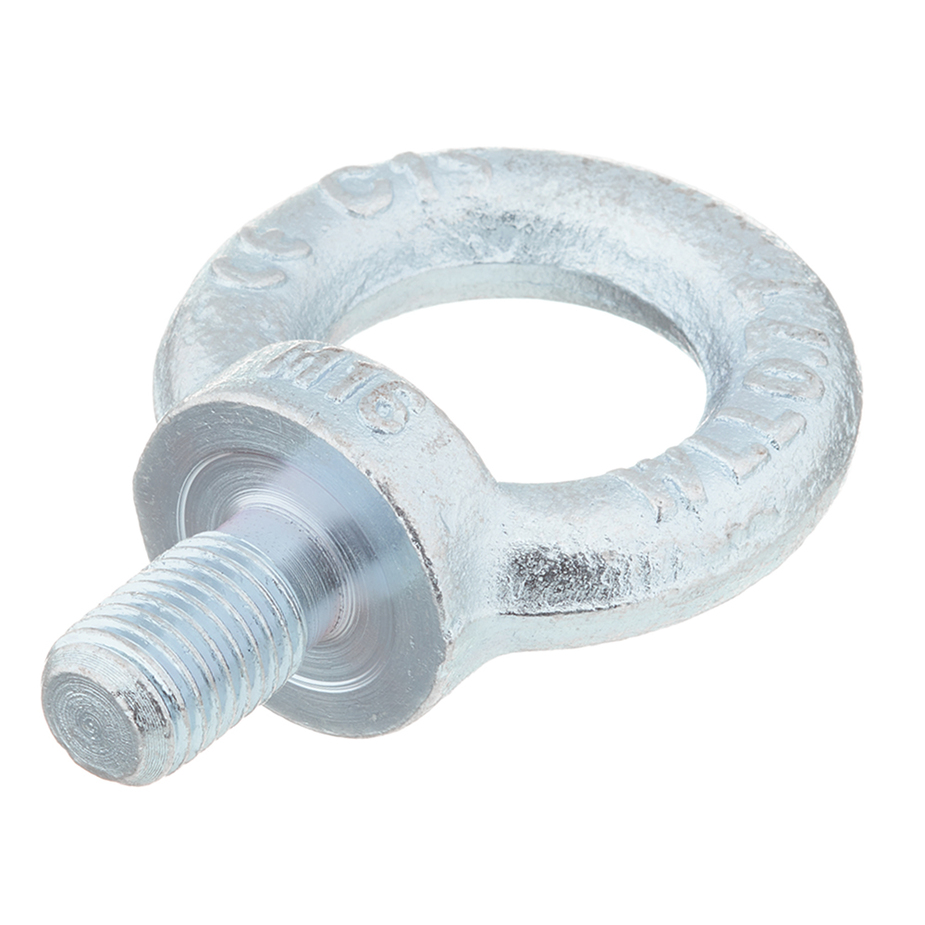News
nov. . 22, 2024 12:18 Back to list
lifting eye hook
The Importance and Functionality of Lifting Eye Hooks
In various sectors such as construction, manufacturing, and transportation, the efficient handling of heavy loads is essential for ensuring productivity and safety. One of the critical components used in lifting operations is the lifting eye hook. Though it may seem like a small part, the lifting eye hook plays a significant role in securing and moving heavy objects, ensuring that operations proceed smoothly and without incident.
What is a Lifting Eye Hook?
A lifting eye hook is a hook equipped with a loop or an eye on one end, designed for attaching a lifting sling or chain. This component allows for the secure connection of loads to cranes, hoists, or other lifting devices. Typically made of materials such as steel or alloy, lifting eye hooks boast high tensile strength and durability, which are pivotal for handling substantial weight safely.
Types of Lifting Eye Hooks
Lifting eye hooks come in various designs, each tailored to specific applications
. Common types include1. Standard Eye Hooks These are versatile and widely used in many lifting operations. They come in various sizes and weight ratings, making them suitable for a range of loads.
2. Safety Eye Hooks Equipped with a locking mechanism or latch, safety eye hooks prevent accidental disengagement from loads, offering an added layer of security during lifting.
3. Swivel Eye Hooks These hooks can rotate 360 degrees, allowing for better maneuverability when positioning loads. They are particularly useful in scenarios where the load must be adjusted during lifting or transport.
lifting eye hook

4. Heavy-Duty Eye Hooks Designed for the most demanding environments, these hooks have enhanced strength and durability, often used in industrial settings where heavy machinery operates.
The Significance of Proper Use
While lifting eye hooks are incredibly useful, improper usage can lead to accidents and damage. It is crucial for operators to understand the load limits of the specific eye hook they are using. Overloading a hook can result in deformation or failure, potentially leading to severe injuries or fatalities.
Additionally, proper inspection and maintenance are vital to ensure the integrity of lifting eye hooks. Regular checks for wear, cracks, or corrosion are necessary, as even the smallest defect can compromise safety. Operators should be trained in the correct procedures for hooking and unhooking loads, always ensuring that the eye hook is securely attached before lifting.
Safety Standards and Regulations
In many countries, lifting equipment, including eye hooks, must adhere to specific safety standards and regulations set by governing bodies. Compliance with these standards ensures that the equipment is tested and manufactured to withstand the stresses it will encounter during use. These regulations provide guidelines on allowable load capacities, safety factors, and maintenance practices, fostering a culture of safety in workplaces where lifting operations are conducted.
Conclusion
The lifting eye hook, despite its seemingly simple design, is a fundamental component in the lifting and moving of heavy loads across various industries. Understanding its features, types, and proper usage is crucial for maximizing efficiency and ensuring safety. As industries continue to evolve, the importance of high-quality lifting equipment and adherence to safety regulations will remain paramount. Investing in the right tools and training for lifting operations not only protects workers but also enhances productivity and operational success. In summary, the humble lifting eye hook exemplifies the intersection of engineering, safety, and operational efficiency in today's demanding work environments.
